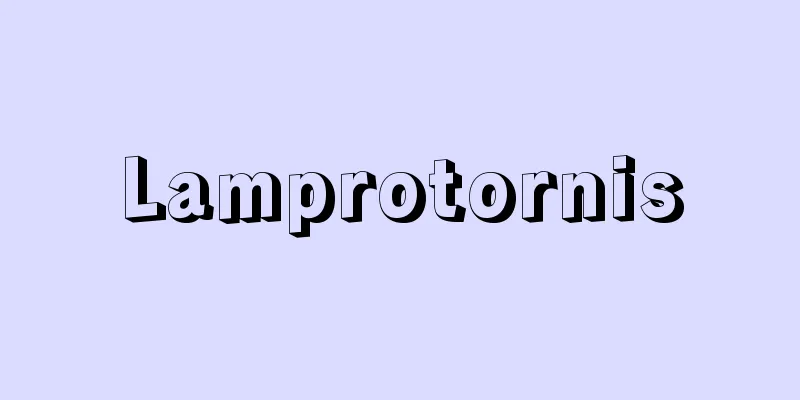Swaziland

|
◎Official name: Kingdom of Swaziland. ◎Area: 17,364 km2 . ◎Population: 1.2 million (2010). ◎Capital: Mbabane (executive office, 60,000, 2007), Lobamba (legislative office). ◎Population: 90% Bantu Swazis, Zulus, Tongans, and a small number of whites and coloreds. ◎Religion: 60% Christians, indigenous religions. ◎Language: Swazi, English (both official languages). ◎Currency: Lilangeni (equivalent to the South African rand. Plural: Emalangeni). ◎Head of state: King, Mswati III (born 1968, ascended the throne in April 1986). ◎Prime Minister: Barnabas Sibusiso Dlamini (inaugurated in October 2008). ◎Constitution - enacted in February 2006. ◎Parliament - bicameral. Upper house (30 seats, 5-year term), lower house (65 seats, 5-year term). The most recent lower house election was held in September 2013. ◎GDP - $2.6 billion (2008). ◎GNP per capita - $2,430 (2006). ◎Proportion of workers employed in agriculture, forestry and fishing - 36% (1997). ◎Life expectancy - 49.6 years for men, 48.3 years for women (2013). ◎Infant mortality rate - 55‰ (2010). ◎Literacy rate - 87% (2008). * *A small kingdom located in southern Africa, on the border between South Africa and Mozambique. A landlocked country, the western part is mountainous with an average elevation of 1,200m. The further east you go the lower the land becomes. Annual precipitation is 600-1,300mm. The main industries are agriculture and livestock farming, with the main agricultural products being sugarcane, corn, rice, cotton, and tobacco. Forestry is also thriving. The country is blessed with mineral resources such as iron, gold, and coal, as well as world-leading levels of asbestos, and iron ore is mainly exported to Japan. Around 1820, the Swazi people, who separated from the Zulu people, settled here and established a kingdom. In 1890, it became a joint protectorate of the United Kingdom and the Union of South Africa, and in 1903 after the Boer War, it became a British protectorate. In 1968, it gained independence as a member of the Commonwealth of Nations. From 2002, a constitutional drafting committee appointed by the King began drafting a new constitution, and in May 2003, the draft constitution was submitted to the King, who approved it in November of the same year. The HIV infection rate (15-49 years old) is extremely high, which is a serious social problem. Source : Heibonsha Encyclopedia About MyPedia Information |
|
◎正式名称−スワジランド王国Kingdom of Swaziland。◎面積−1万7364km2。◎人口−120万人(2010)。◎首都−ムババーネMbabane(行政府,6万人,2007),ロバンバLobamba(立法府)。◎住民−バントゥー系スワジ人90%,ズールー人,トンガ人のほか,白人,カラードが少数。◎宗教−キリスト教60%,土着宗教。◎言語−スワジ語,英語(以上公用語)。◎通貨−リランゲニLilangeni(南ア・ラントと等価。複数エマランゲニEmalangeni)。◎元首−国王,ムスワティ3世Mswati III(1968年生れ,1986年4月即位)。◎首相−バーナバス・シブシソ・ドラミニBarnabas Sibusiso Dlamini(2008年10月発足)。◎憲法−2006年2月施行。◎国会−二院制。上院(定員30,任期5年),下院(定員65,任期5年)。最近の下院選挙は2013年9月。◎GDP−26億ドル(2008)。◎1人当りGNP−2430ドル(2006)。◎農林・漁業就業者比率−36%(1997)。◎平均寿命−男49.6歳,女48.3歳(2013)。◎乳児死亡率−55‰(2010)。◎識字率−87%(2008)。 * *アフリカ南部,南ア共和国とモザンビークとの境界に位置する小王国。内陸国で,西部は平均標高1200mの山地。東部にいくほど低地となっている。年降水量は600〜1300mm。農業,牧畜が主で,主要農産物はサトウキビ,トウモロコシ,米,綿花,タバコなど。林業も盛ん。世界有数のアスベストをはじめ,鉄,金,石炭などの鉱産資源に恵まれ,鉄鉱石は主として日本に輸出する。 1820年ごろ,ズールー人から分かれたスワジ人がこの地に定住し,王国を築いた。1890年英国および南アフリカ連邦の共同保護領となり,ボーア戦争後の1903年英保護領となった。1968年イギリス連邦の一員として独立した。2002年から,国王により任命された憲法起草委員会によって新憲法草案の作成が進められ,2003年5月国王に憲法草案が提出され,同年11月国王に承認された。HIVの感染率(15〜49歳)がきわめて高く,深刻な社会問題となっている。
出典 株式会社平凡社百科事典マイペディアについて 情報 |
Recommend
Innoshima-so
… [Kenzo Fujiwara] [history] The first time Innos...
Indian Rosewood - Indoshitan
…In addition to this species, quince wood also in...
Islam - Islam (English spelling)
A religion founded in the early 7th century by Muh...
incumbent
...The general assembly of parishioners is called...
Upper House Master - Kamigeishi
〘 noun ⇒ kami (higher rank) steward Source: The Se...
Many-body problem
A problem dealing with a system in which multiple...
Annatto
A fat-soluble yellow pigment extracted from the ou...
Chamaedorea seifrizii (English spelling)
… [Takabayashi Masatoshi]. … *Some of the termino...
Kapp-Putsch
In March 1920, an anti-republican coup was planne...
Hamilton
…It was used as a stopover point on the Atlantic ...
Fan beetle - Fan beetle
...Because this individual can grow and multiply ...
Yoshitsune Kashiwagi
Christian thinker. Pastor of the United Church of...
Sakuraishi (English spelling) Cerasite
It is a type of mineral called cordierite, and loo...
Onion
…Rice immediately after harvest contains about 20...
The End of Days
…It is called the Day of the Lord, and is a time ...









